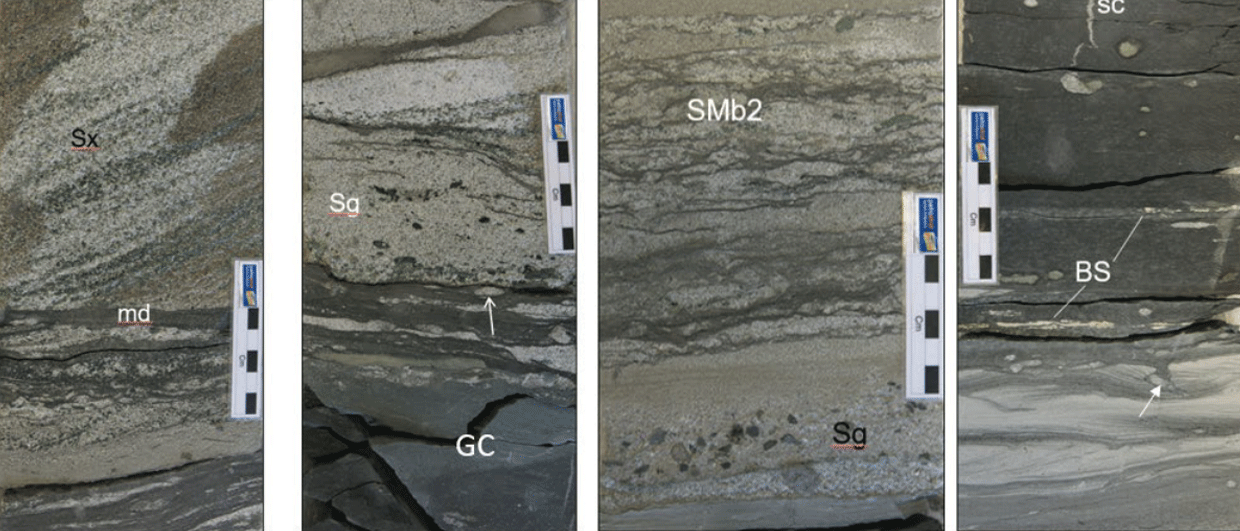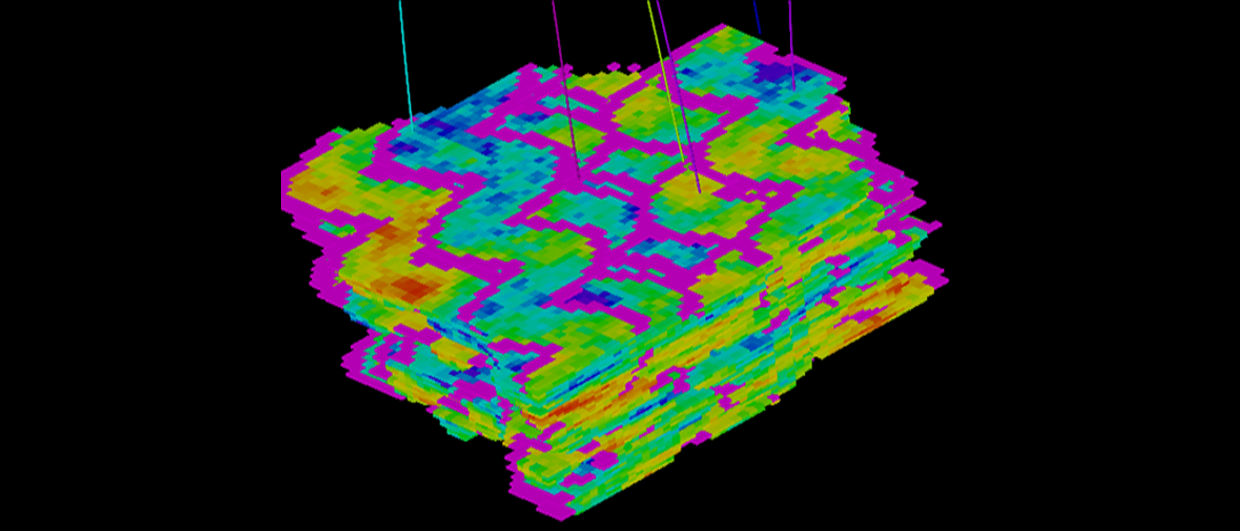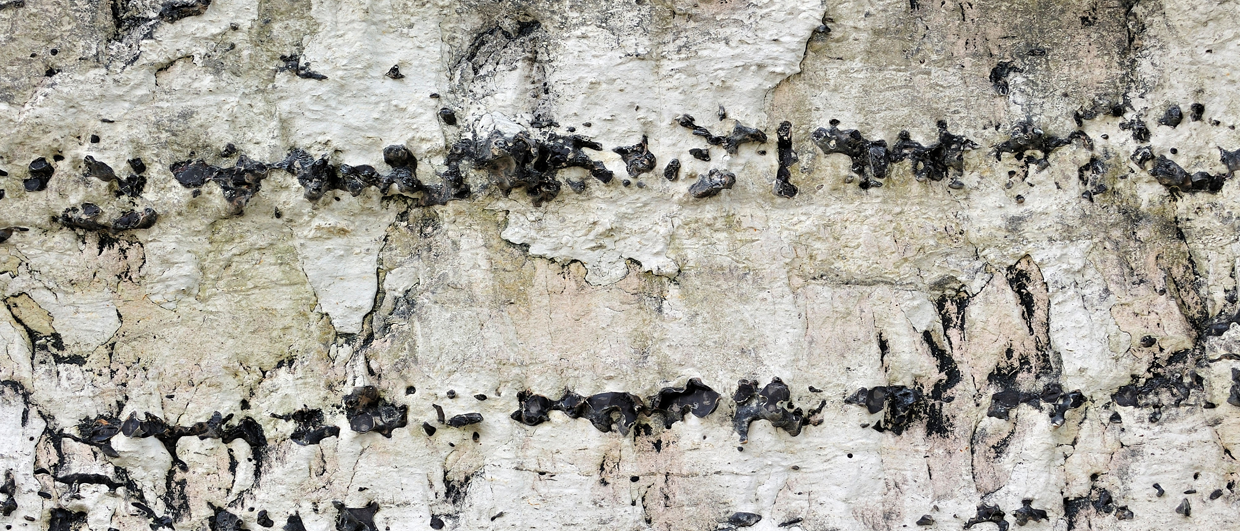 NASA’s Artemis I patch. © NASA.
NASA’s Artemis I patch. © NASA.
In December 1972, the 17th and last Apollo mission put Harrison Schmitt, the only professional geologist ever to have ventured into space, on the surface of the Moon. NASA had been under pressure to put a scientist on the Moon – and so they sent a geologist. Just take a second to enjoy that sentence.
However, since his return to Earth in 1972, no human has been out of Low Earth Orbit (LEO) until now. After 50 years of robotic exploration, 20 years of continuous habitation of the International Space Station (ISS) and many unmanned science missions – NASA are going back to the Moon; and this time, the ambition is immense. If putting the first women and man back on the Moon in just three years’ time (2025) wasn’t enough – this mission is beta testing the necessary systems to survive deep space travel and so preparing the way for the first manned journey to Mars.
It is fair to say that lunar geology was an unwitting beneficiary of John F. Kennedy’s declaration in May 1961 to put a man on the Moon before the end of the decade. In the 1960s there were many gaps in our knowledge about lunar geology which were filled quickly by samples returned from the Apollo missions from 1969 to 1972, and the scientific equipment (including seismometers) left on the surface.
Schmitt’s out-of-this-world field trip on Apollo 17 to the Taurus-Littrow Valley of Mare Serenitatis, resulted in the sampling of both old impact melts (3.89 Ga) (i.e., the lunar highland material), and younger Mare volcanic flows (3.7 Ga). However, they also sampled 4.2 to 4.5-billion-year-old dunites and troctolites formed some 25 km below the surface of the Moon and subsequently exposed after a major meteorite impact event. Our model for the formation of the Moon in a titanic collision between the early Earth and an unidentified actor (perhaps a Mars-sized world called Theia) 4.51 billion years ago comes from studies of these, and the other Apollo mission Moon rock samples. The Apollo missions 12, 14, 15 and 16 all left seismology instruments on the Moon which recorded data until 1977.
Hundreds of Moonquakes were recorded, both tectonic shallow quakes and deeper quakes that may be caused by Earth’s tidal forces. The recordings also discovered a small 500-km-wide core with a partial melt layer near the base of the mantle. One issue with the data is ‘selenographical distribution’ – i.e., all the receivers were placed on the near side of the Moon, the side facing Earth and frozen by tidal forces, which may explain why there are few quakes observed with epicentres on the far side of the Moon.
Moon Samples – The Weird and Wonderful
Schmitt returned to Earth with 115 kg of material which spawned a raft of scientific studies – work that is still continuing with the opening in March of 2022 of a vacuum-sealed sample Schmitt collected by hammering a 14-inch tube into the lunar surface 50 years ago. This gives a unique opportunity to study volatiles in Moon rock and soil, using technology that was just not thought of in the 1970s. The Moon rock samples also spawned a genre of non-fiction pulp-science literature about the final destination of the material brought back including the less interesting than you may think, 2011 ‘Sex on the Moon’ book title (Mezrich, 2011). Yet perhaps the weirdest rock to have been collected on the Moon was a breccia sampled by Alan Sheppard in the 1971 Apollo 14 mission. A clast in this breccia (formed by meteorite impact) is particularly exciting because it is zircon-bearing, 4.05 billion years old and most likely originated on Earth. The Moon though, is likely to be covered in fragments of meteorites from the inner planets, forming the ‘solar-system’s library’ and just awaiting geologists working from a Lunar Habitation System (LHS) to discover and sample them using AI-driven robots.
Lunar Habitation
The Apollo missions to the Moon (commissioned initially perhaps for political and ideological reasons) targeted geological objectives to better understand the formation of the Moon and therefore the Earth. The new adventure – the Artemis missions, are focused on establishing a habitation unit (yes – a Moon base!) where we can learn how living and researching on the Moon can be efficient and supportable. Beyond this the Artemis missions (starting with Artemis IV) will place a ‘gateway’ space station up in lunar orbit as a staging post for Martian exploration.
In order to launch the Artemis project, NASA has had to mine a significant portion of the world’s acronym reserves. So, let’s identify the key parts upfront that make up the project. The Space Launch System (SLS) is the big powerful launching rocket that is needed to push the Orion spaceship into Low Earth Orbit (LEO), where it will fire the interim cryogenic propulsion stage (ICPS) pushing Orion into High Earth Orbit (HEO), and then on to the Moon where the Human Landing System (HLS) will be deployed on the Artemis III mission. After the Moon landing mission, Artemis IV will set up some of the first components of ‘Gateway’ – a small space station in lunar orbit from which future astronauts will transit in the Human Landing System (HLS) to and from the Lunar Habitation Unit (LHU), and they will also prep for the journey to Mars. So that’s the plan at high level. If you want to access some cool graphics and animations, head over to the NASA website: https://www.nasa.gov/specials/artemis-i/
A New Commercial Model
Note also that there is some interest in the way the project has been contracted out through competitive tender – not just the construction of the various components, but also the design creativity for the solution set for the various stages involved. Numerous companies are involved for not only the main mission but the support, delivery and resupply for the various components of the mission. This is a complex and multi-faceted, ambitious programme, and NASA won’t jump straight to the next Moon landing – there is a lot of development and safety checking to be done first. So, we will see two Artemis launches before the Moonshot in 2025, and another will follow with the gateway and others with the Moon base.
Apollo’s Twin
So, 50 years after the original spurt of human Moon landings – NASA is preparing to send humans back to the Moon in 2025. The missions will make another of Zeus’s children and Apollo’s twin sister – ‘Artemis’ – a household name. We need to know who Artemis was as she will become synonymous with the Moon, journeys through the heavens and NASA space magic. Well, this is all good as that’s pretty much what the Ancient Greeks thought too. Artemis was one of the triad of goddesses conflated together to represent the Moon goddess. She was the patron deity of the Moon as well as hunting and the protector of women. The Romans later worshipped her as Diana, and Hollywood as Wonder Woman. This is useful as Artemis III will have the first woman moonwalker on board. Selene was another lunar deity the Ancient Greeks worshipped as a Moon goddess, believing that although of Titan heritage she would drive her silver chariot across the night sky, representing the Moon. Hecate, who may have been a Chthonic goddess of non-Greek origin, is the darker third of the Artemis triad – she was also associated with the night and witchcraft. All this symbolism seems far-fetched to modern eyes, yet, compared to premise of ‘Who Built the Moon?’ (Knight and Butler, 2007), a contender to be the daftest non-fiction book ever written, it makes comparative sense. The ‘Built Moon Theory’ is based (solely) on the observation that from Earth, the Moon looks to be exactly the same size as the Sun, therefore it has to have been built by time-travelling future humans – an argument for book burning if ever there was one!
Return to the Moon in Stages
What you will see next on the timeline is NASA launching Artemis I. This will be an unmanned launch to test the SLS system demonstrating its capability to slingshot the uncrewed Orion capsule around the Moon and back. This remote-operated mission will test the rocket systems, the habitation system robustness and deploy 10 satellites ‘cubesats’ for deep space navigation and experiments. On return to Earth, Artemis I will test the capability of the heat shield system to withstand 5,000°F temperatures on re-entry.
The second planned Artemis flight comprises a manned mission to orbit the Moon and test the habitation systems. This will be the Artemis Generation’s ‘Apollo 8 moment’, when the astronauts aboard Orion will photograph the full globe of the Earth as a backdrop to the Moon.
The Artemis II crew onboard Orion will have a 10-day mission to test the habitation system, although the flight will ultimately carve a figure-of-eight path extending more than 230,000 miles from Earth on a fuel-efficient gravity-controlled trajectory where the Orion craft will be guided back naturally by Earth’s gravity, with no propulsive moves required. In orbital mechanics this is called a ‘free-return trajectory’; the only other spacecraft that has achieved this was Apollo 13 in 1970. During re-entry, the Orion spacecraft on the Artemis II mission will be travelling at nearly 25,000 mph as it re-enters the Earth’s atmosphere, which will slow it down to 325 mph before parachutes are deployed for splashdown in the Pacific.
Target – 2025 Landing
And then in 2025, the Artemis III mission will land humans on the Moon: giving us the first new moonwalkers for 50 years. It’s a shock that only four of the original moonwalkers remain alive today on Earth – and it’s time for this to be addressed. Of the four Orion astronauts, two will land on the Moon and one of those will be a woman. The following Artemis missions will establish the Gateway station, and the Gateway-to-Moon human delivery system and habitation module, which will provide a staging point for human and robotic lunar missions.
The orbiting Gateway will support longer expeditions on the Moon, and potentially multiple trips to the surface during a single Artemis mission.
It will be important to gain operational confidence in this system on the Moon before the first human missions to Mars. The Human Landing System (HLS) will land astronauts on the Moon and then safely return them to lunar orbit before their trip back to Earth on Orion.
All this may sound complex, but this will be considered, planned and executed to NASA’s extraordinary standards of safety and technical oversight, in concert with the most competent contractors and partners.
Currently the Artemis 1 SLS has undergone a ‘wet dress rehearsal’ on the launch pad in Cape Canaveral, where testing of the loading of the rocket fuel systems has indicated that changes need to be made to the hydrogen and nitrogen supply systems to make them safer and more effective. These changes learning will be quickly implemented, such that an autumn 2022 launch for Artemis 1 is still likely.
Looking back at the Apollo missions 50 years ago, they were incredibly brave but risky adventures. As Andrew Chaikin wrote in 1994, “…Apollo has nested risks: You get on top of a Saturn V rocket with enough chemical energy to be the equivalent of a small atomic bomb. Then you throw away levels of safety by going to the Moon.”
NASA has had to learn the hard way that risks in space exploration can be painful as well as fulfilling when a mission is successful. A new balance has been struck and looking forward to Artemis, with the technology, complexity understanding and risk management processes of NASA today, the Artemis project is very different. The risk is lower, but it is an even more ambitious and courageous project. Very 21st century. I just hope they remember to bring back some more rocks…
References
- Chaikin, Andrew. 1994. A Man on the Moon. Penguin Books. https://www.space.com/26558-apollo-11-anniversary-complete-coverage.html
- Knight and Butler, 2007
- Mezrich, Ben. 2011. Sex on the Moon. Doubleday.
- https://en.wikipedia.org/wiki/Artemis_program










